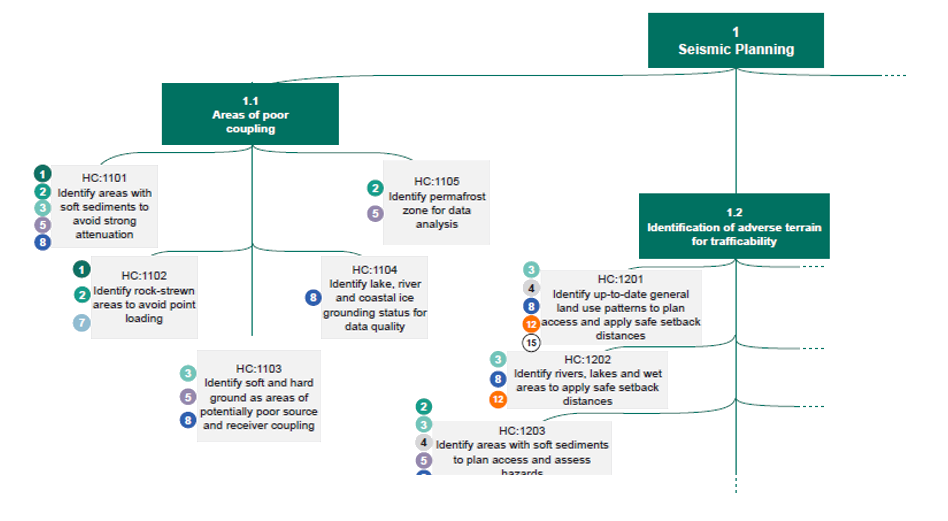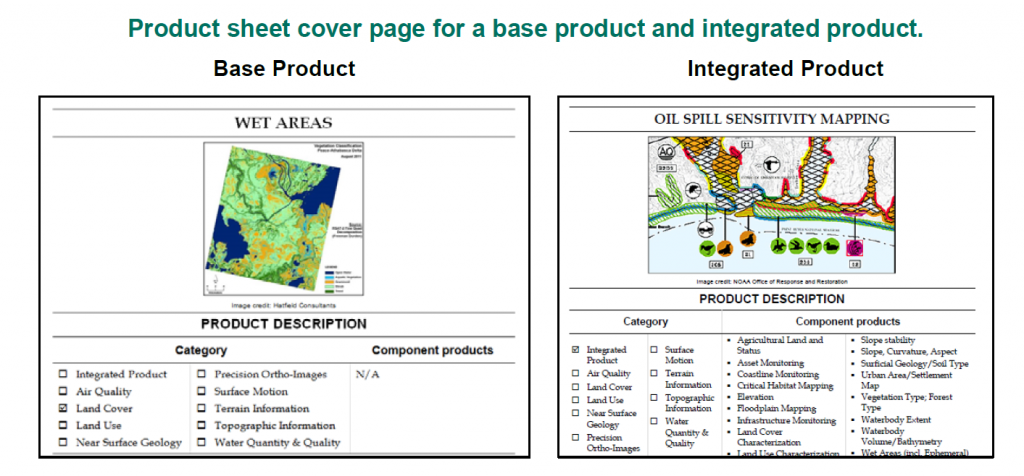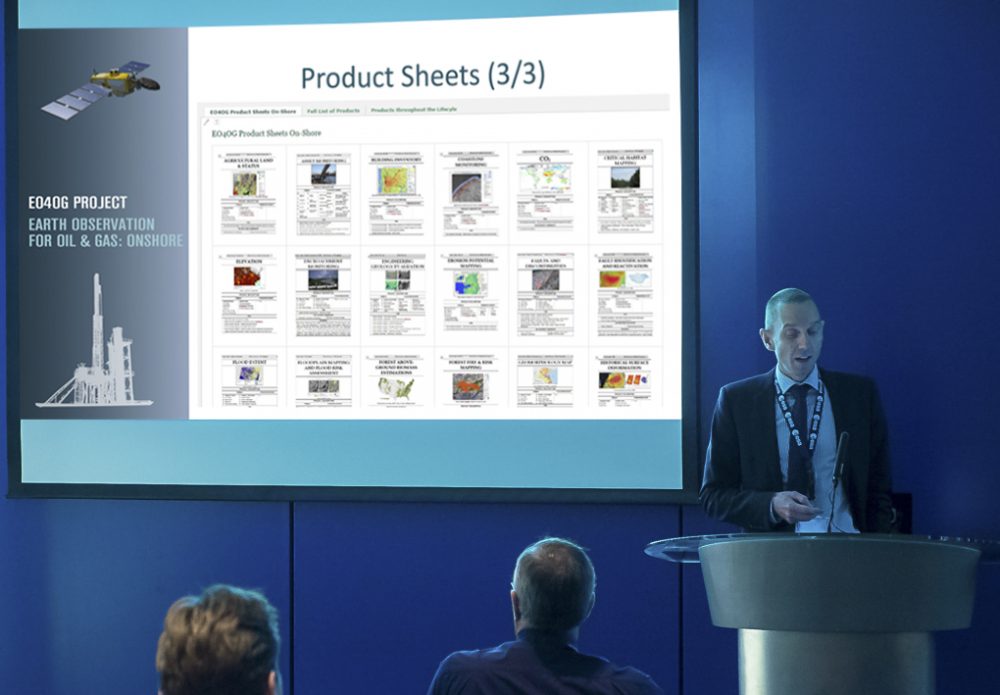Findings Released from European Space Agency Earth Observation for Oil and Gas Project
Over the past 20 years, oil and gas companies have used satellite earth observation technology through the entire project lifecycle, from pre-acquisition, to full operations and decommissioning. In 2010, the European Space Agency (ESA) began working progressively with the oil and gas industry to demonstrate how new developments in earth observation services might be used by the sector, and to enhance industry understanding of the benefits of earth observation technology on an operational basis.
Support from ESA in 2014-2015 enabled a consortium of companies to implement the Earth Observation for Oil and Gas (EO4OG) project, which aimed to provide a base for the potential future development of earth observation guidelines for the on-shore and offshore oil and gas sector.
British Columbia and Alberta-based environmental and geomatics firm Hatfield Consultants was a lead company for the EO4OG project, and findings from the study are now available.
Though the oil and gas industry has always been a heavy user of earth observation products, this has not always translated into awareness or usage of the most suitable data and products available to address industry challenges. The EO4OG project aimed to assess the challenges and information requirements of the oil and gas industry and, in response, outline the current capabilities of earth observation technologies to address these needs, now and over the next five years.
The EO4OG project team engaged with the oil and gas industry, most notably through the International Oil and Gas Producers Association (IOGP), an EO Sub-committee of the Geomatics Committee. The team first assessed the oil and gas industry’s geo-information requirements and challenges within seismic planning, surface geology mapping, subsidence monitoring, environmental monitoring, and logistic operations and survey planning. This included the project lifecycle from pre-license acquisition, exploration, development, and production phases, through to the decommissioning phase. This information was compiled based on an industry consultation and expert review and included a report and the generation of “challenge trees”.
The project team then assessed the capabilities of earth observation to address these challenges and needs. Capabilities were documented in the form of earth observation “product sheets” and case studies of applications in the oil and gas sector. The project was also able to identify gaps where current earth observation technologies had yet to mature to the point where they could fulfill industry requirements.
The project culminated in a work shop that took place in London in November 2014, where the project’s findings and output products were presented and discussed. The project outputs included:
- Challenges and requirements report;
- Earth observation capabilities report and a collection of 60 product sheets;
- Case studies of application of earth observation;
- Gap analysis report with an assessment of developments in earth observation technology over the next five years to address current gaps
- Roadmap for future development of earth observation support for the oil and gas industry
The findings are available in the OGEO web portal that will endure to serve as a collaborative communication space to facilitate opportunities for information exchange and an interface for organisations between the IOGP, earth observation service providers, and the oil and gas sector. Outputs from the project are also available directly from Hatfield Consultants.
The EO4OG Project was funded by the European Space Agency under the Earth Observation Envelope Programme. The Onshore project covering Canada and several other counties was implemented by Hatfield Consultants who worked with RPS Energy, Arup, C-CORE, and the Polish Space Research Centre. The Hatfield team collaborated in the generation of the earth observation product sheets and gap analysis with another EO4OG Project consortium led by OTM Consulting.











